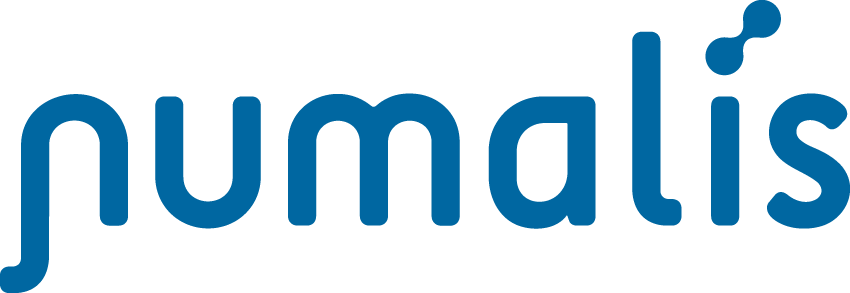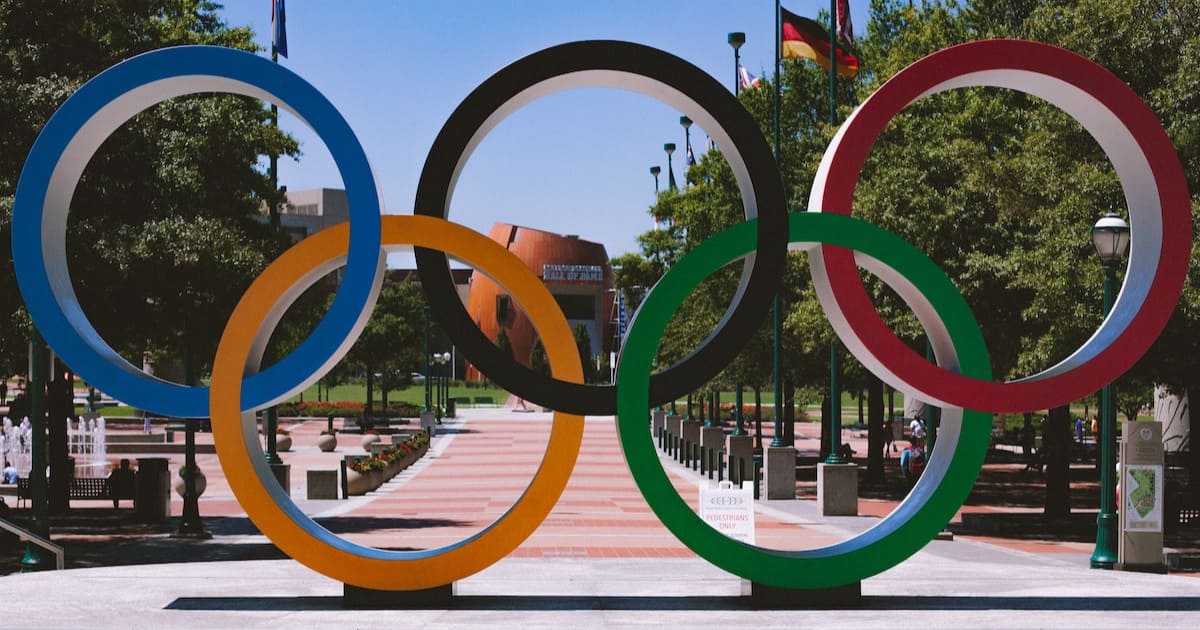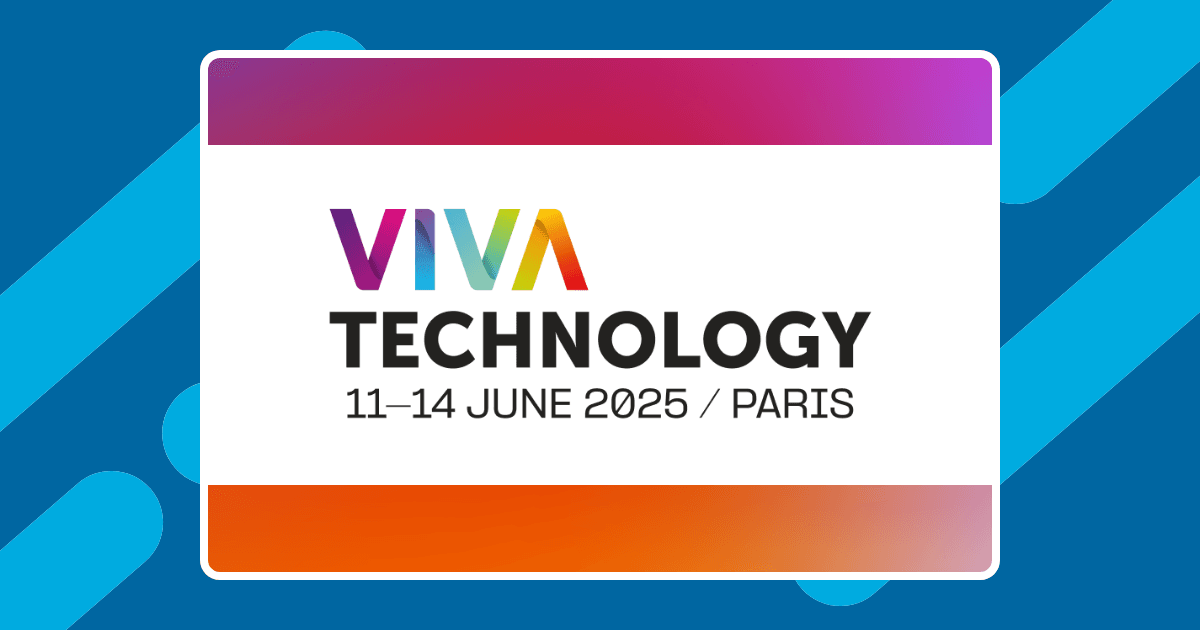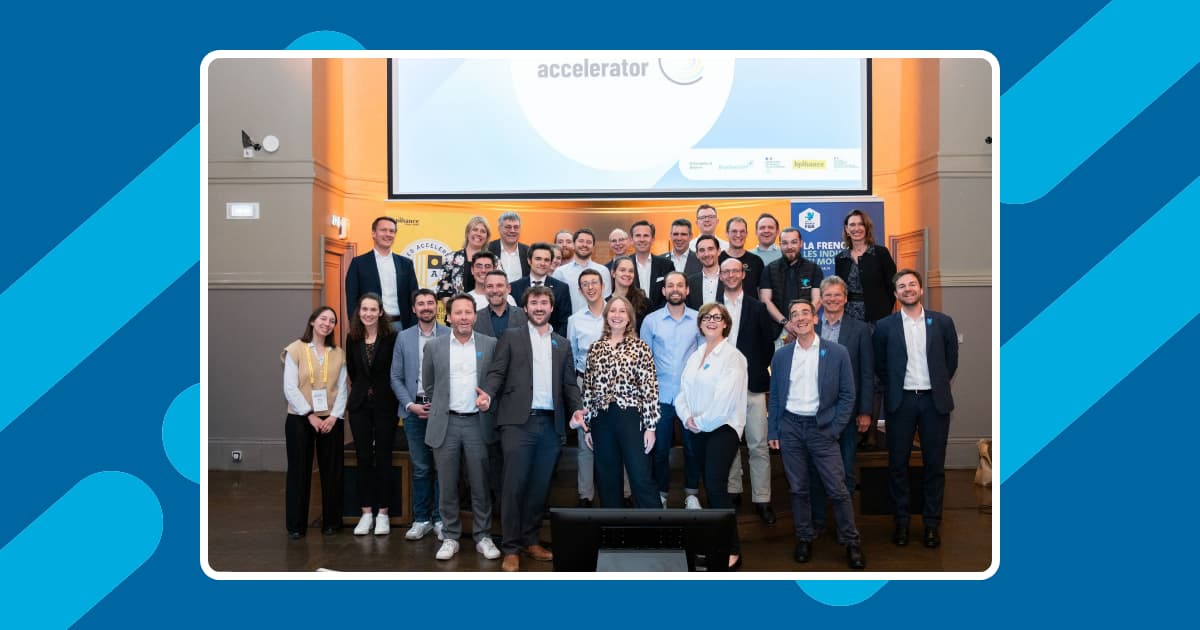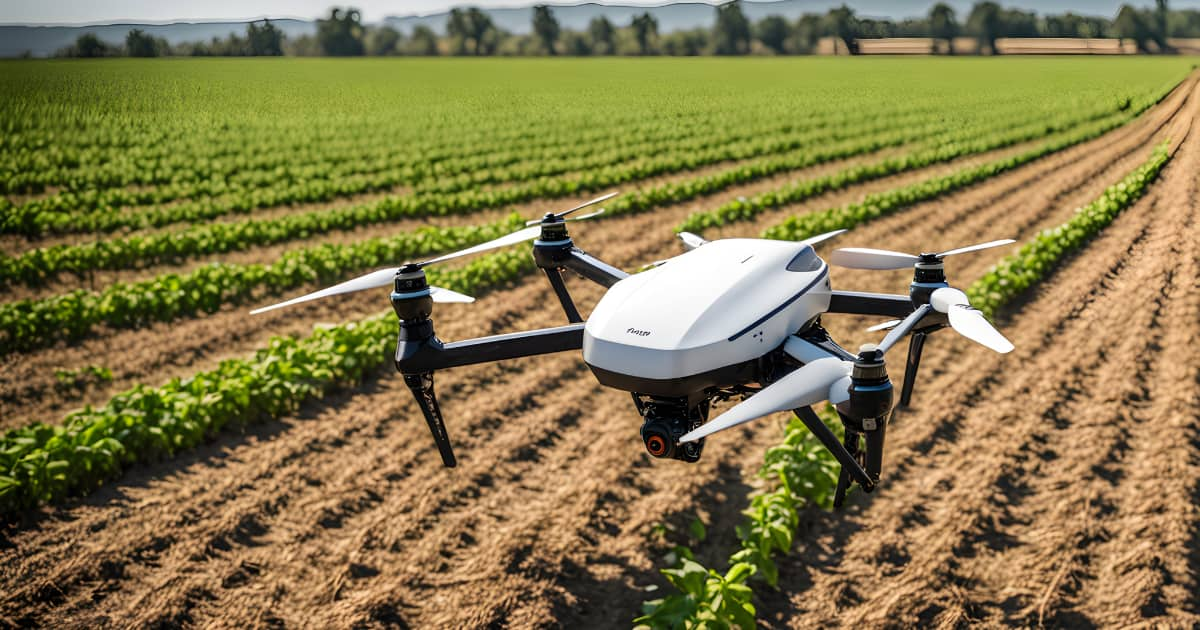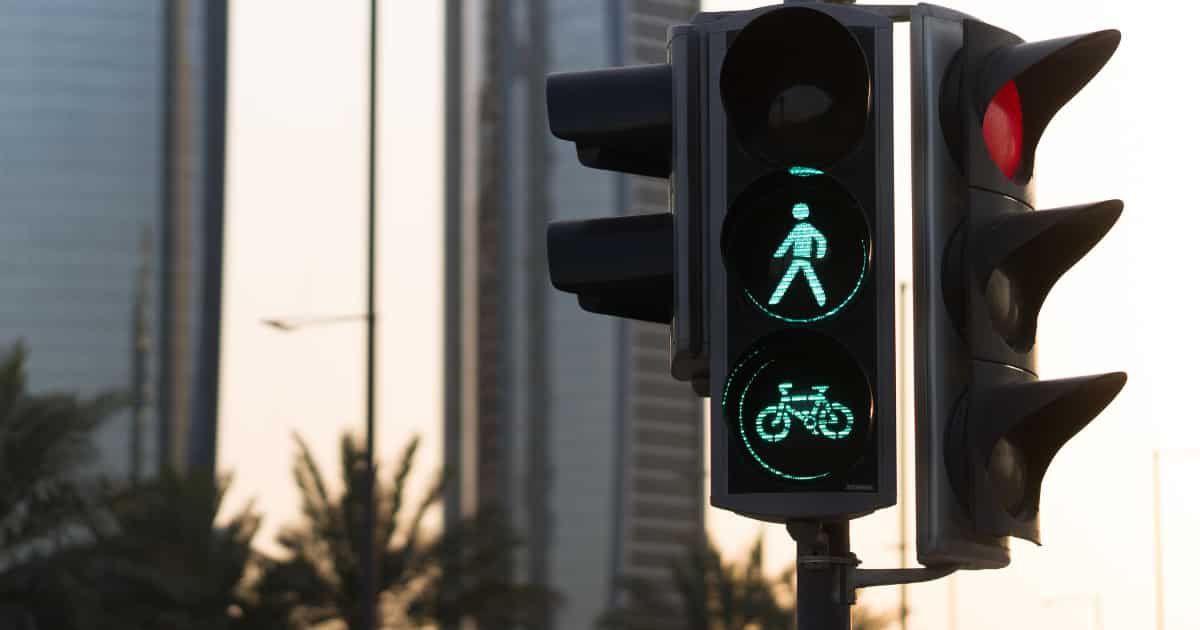2024 Olympic Games will take place in Paris. For this event, France is investing in artificial intelligence to support the Olympics1.
The use of AI is not entirely new for federations and clubs that already use it to support athletes in analyzing their statistics and improving their training. Indeed, refereeing errors as well as the will to maintain the performance of athletes, are reasons for the implementation of AI in the sports field. This article proposes a non-exhaustive list of AI applications in professional sports as well as the different data collection methods necessary for AI to work.
The scope of AI in sports
Even before events can take place, AI can be important to optimize the preparation of athletes. For example, in tennis, automatic learning techniques are used for object detection. This allows the player to automatically analyze the player’s posture by following body parts and the ball. The goal is to learn to recognize a good service from a bad one, based on the analysis of the movements, but also characteristics of the serve (trajectory, speed)2. Thus, coaches can adjust their training sessions by referring to information provided by the AI.
Also, AI can facilitate recruitment of athletes by detecting new talents more easily in the mass of amateur athletes. For example, it can analyze video footage and process historical data of players to predict their future abilities. In addition, AI-based solely on athletic performance would reduce biases during recruitment such as rejections based on a player’s ethnic or social background3. However, AI is not without bias and can even, in some cases, reinforce human biases by systematically applying them (see “Technical biases of AI, a fatality?”). AI in this context implies being able to validate its robustness and performance upstream to avoid silently applying harmful biases.
AI’s scope does not stop at the preparation of athletes but continues to be implemented during competitions. Refereeing is one of the first areas where AI was considered as a solution due to the subjective nature of decisions made by referees. Since their attention can only be focused on certain actions, their decisions are therefore selective. In addition, the referee only has a few seconds to make a decision. Even with the recent support of video refereeing, it remains a piece of evidence available to referees. While video refereeing is subject to interpretation, AI can automatically detect fouls or goals. In the end, up to 20% of the decisions made per game can be wrong4.
However, it is not a question of replacing the referee completely with an AI, but of providing him assistance in decision making. Referees rely on their perception of the game to understand a situation. This perception is based on an understanding of the context and the fact that athletes may try to deceive him. Still, the AI’s ability to assess deception is limited today, which makes the presence of a human referee still necessary. However, AI’s interpretation of a real situation is too vast a subject to be covered here, so we will dedicate this topic to a future article.
AI is useful both for analyzing the performance of professional players, but also for improving the consumer experience. Recently, sports media have been using AI to create content automatically. In some fields such as soccer or basketball, the increasing number of games makes it difficult to compile and summarize each one5. For this, AI can be implemented to automatically generate reports presenting key events based on NLP (Natural Language Processing) techniques. In this way, it is now possible to highlight local games or minor leagues that were previously overshadowed due to a lack of resources.
AI technology and data collection
Data in sports can be divided into two types. Firstly, event data can be considered as a “picture” summarizing all the actions performed during the match. The resulting image shows, for example, during a soccer match, the number of passes, shots, and interceptions made but also position of the ball during the match6. Event data is useful to analyze the global tactics of a team as well as key moments of a match (free kicks, penalties, fouls, etc.)7. These data are mainly used in journalism or for player training.
Secondly, data collected in real-time (Tracking Data) is based on video processing systems such as computer vision, for the analysis of players’ movements. For this purpose, cameras are placed around the field to collect data. Subsequently, algorithms focus on detecting and tracking the movements of specific objects (ball, players, etc.). For example, detection algorithms allow the production of “bounding boxes” or bounding volumes, which are used to know the position, but also the identity of different players in the image. These are widely used because of their simple geometry in the form of a 2D rectangle, which allows analysis to be reduced to objects present in the box.
Nowadays, analysis of a player’s performance can be done by combining several data sources. To have a more relevant analysis of a situation, the data from the two collection methods can be combined.
Indeed, if in the case of soccer, event data give a very good overview of matches, they will mainly focus on the analysis of certain metrics (the positioning of the players, their spacing, etc.) and omit to treat the actions of players around the ball8. Event data will allow us to know that there was contact between two players, but it will be impossible to understand how the collision took place without the use of tracking data. It will therefore be possible, thanks to this association of data, to be aware of all the actions that can then be analyzed by coaches, as well as by fans9.
Conclusion
Artificial intelligence is both a good way to improve monitoring of athletes’ performance and an effective tool for audience engagement to enrich game experience.
Today’s AI systems are not based on a single type of data but a fusion of several tracking and event data. This way, AI systems can produce a more relevant result.
However, the automation of data collection in professional sports raises ethical questions10. Indeed, in order to improve a player’s performance, coaches study data on their health, but thus have access to potentially sensitive data. Even if this practice is already widely used, the use of AI in the sports field risks automating data collection to the detriment of trusting relationships between coaches and athletes. Henceforth, it will therefore be important to ensure the protection of athletes’ privacy as well as to set clear limits to the use of AI in sport.
Sources
- L’IA au service des Jeux Olympiques ! – IA School ↩︎
- PlayfulVision – Volleyball Tracking System – Men’s World Championship Finals 2014 – Tracking results ↩︎
- AI in Sports: Use Cases, Examples, and Challenges ↩︎
- The Innovation of Refereeing in Football through AI – Research leap ↩︎
- How is AI Transforming Media and Fan Experience in Sports? | AIWS ↩︎
- Getting started with Soccer Analytics with Event data | by Abhijith Chandradas | MLearning.ai | Medium ↩︎
- Process Mining of Football Event Data: A Novel Approach for Tactical Insights Into the Game ↩︎
- The power of combining tracking and event data – SciSports ↩︎
- Performance Analysis – Elevate your game with SciSports ↩︎
- The ethics of tracking athletes’ biometric data ↩︎
